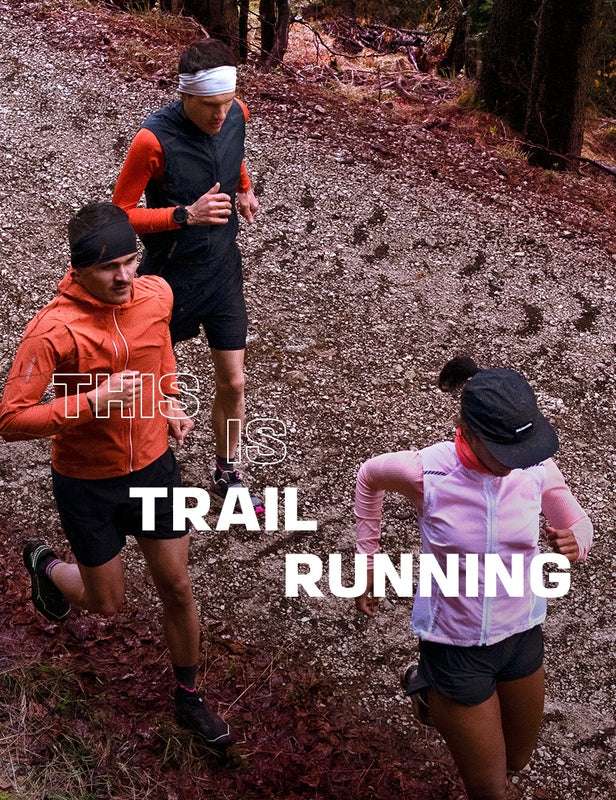To discover new landscapes, to seek new horizons, to surpass oneself, to be amazed or to recharge one's batteries, there are many reasons and motivations for going for a walk on the trails and the benefits of hiking are countless… Sharing these precious moments in the great outdoors often intensifies this happiness and in particular, sharing these walks with your faithful four-legged friend. But, if it seems natural to walk with your dog in nature, we must keep in mind that our pets are no longer wild animals, hiking with them in the countryside, in the forest or in the mountains requires ask some questions, some preparation and some precautions.Here are our recommendations for going for a walk with your dog on the hiking trails.
BEFORE LEAVING: QUESTIONS TO ASK YOURSELF WHEN HIKING WITH YOUR DOG.
Adapt the hiking route according to the profile of your animal
Going on a hike with your dog (otherwise called "cani-rando") requires a little preparation so that this getaway is a moment of happiness for your dog and for you. Your walking, hiking or trekking plan should be tailored to your furry friend. To define your hiking route, it is important to know your dog well and to take into account different elements:
- His race
- His physical abilities
- His stamina
- His agility
- His height and age
- His attitudes in a wild environment
There are no real rules, each breed of dog and each dog has its own skills. Small dogs can be very enduring, like the Jack Russel for example, but they will have more difficulty moving on very rough and rocky paths. On the contrary, dogs of large build, heavier, will be less enduring... There are of course dogs of breeds known to be mountain dwellers and climbers, in particular, sheepdogs, such as Border collies or Australian shepherds or dogs of Nordic origins such as Huskies or Malamutes.
Note: it is strongly discouraged to take too long walks with puppies or young dogs, this could disrupt their growth.
Whatever the age or breed of your dog, it's up to you to define the route that will be suitable for him. Always think that your dog does not visualize the whole hike, so he will not ration himself or save himself in his effort… It is up to you to think for him. It is therefore necessary to identify in advance:
- The length of the route
- The drop
- The terrain and the environment of the route
- Any water points
- Weather conditions
- Passages near herds or farms


Can I hike everywhere with my dog?
Beyond your dog's abilities, there is also the question of whether or not you are allowed to walk with him in this place. The presence of dogs can, in fact, disturb the fauna and flora of certain natural areas. It is therefore essential to inquire beforehand. Dogs are generally prohibited, even on a leash in national parks and some regional parks and nature reserves. There may also be restrictions on certain periods.
Other factors are important to take into account to evolve peacefully with your dog, in particular hunting periods or the presence of herds guarded by patous on your route. You can usually find this information at town halls, tourist offices or park offices.
Provide a kit of essentials before leaving
In the same way that you should prepare your hiking accessories, we advise you to provide suitable equipment for your excursion with your animal:
- A harness adapted to the size of your dog
- A leash adjustable in several lengths or elastic
- Plenty of water and a container for your dog
- Food accordingly for long hikes
- A tick remover
It is also recommended to indicate a telephone number on a medal or a small plate attached to the collar, in addition of course to identification by chip or tattoo.

DURING YOUR HIKE
Watch your pet...
Little doubt your dog will be the happiest in the world on your hiking trip, but always keep an eye on him to make sure nothing happens to him and that he does no harm. Remember, if you're crazy about your dog, not everyone is! Some people may be scared and uncomfortable around dogs, so always be alert when meeting other hikers. Likewise, your pet dog, domesticated, is no longer in the animal state, strictly speaking… It does not have the codes of the wild and no longer falls within the laws of nature. If it may seem normal for a dog to run after a wild animal, such as a rabbit, a deer or a chamois, they are not on equal terms! Your dog does not have to survive in nature, nor to feed itself... Thus,
And those of others!
If you come across a herd guarded by a dog, the famous patous, these dogs are raised within the herds and their only objective is to protect it, they must not see you as a threat:
- Keep your dog on a leash
- Keep your distance as much as possible
- Keep Calm and Calm Your Dog
If the ground becomes more rugged, remember that your dog is probably more agile than you, it is sometimes more dangerous to try to help your dog in the steep paths than to let him evolve alone.
Finally, regularly offer your dog water and shaded breaks. Your dog can easily suffer from the heat, hiking in heat waves or in arid environments is not recommended for your dog, as for you...

What if I lose my dog?
If your dog gets lost, start by waiting for him at the starting point of your hike, a dog usually retraces his steps. If he does not return, contact the gendarmerie, veterinarians and animal shelters in the area.
AFTER THE RIDE...
When you return from your hike, make sure your dog is comfortable, think about his needs and his well-being:
- Plenty of water available
- A cool place to rest
- Food adapted to the effort provided
- Inspect your dog's paws and pads
- Check that there is nothing stuck between his hairs
- Also check for ticks (especially in spring and fall)
And prepare your future hike for a new adventure with your dog!



